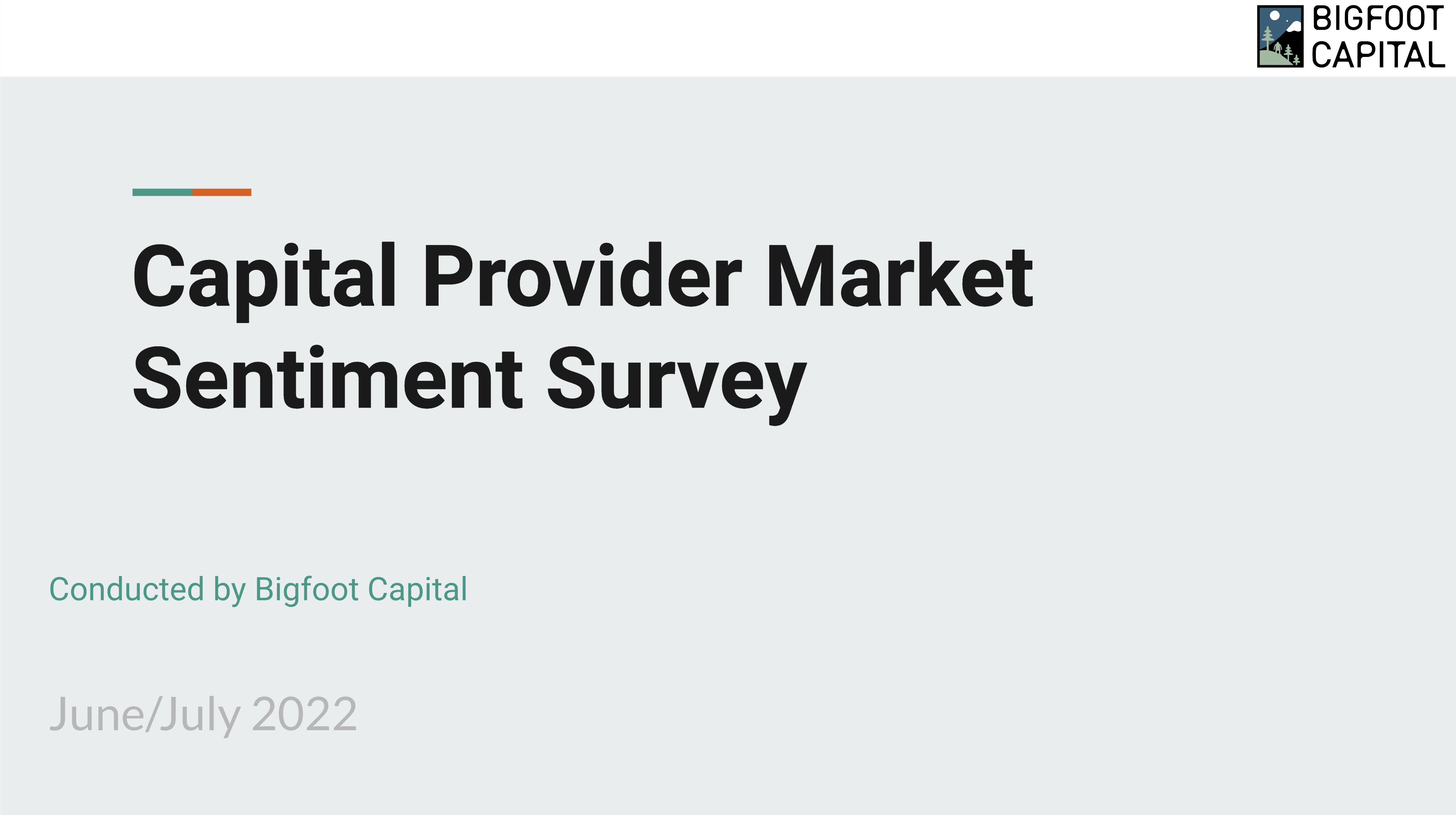
What if a serial killer delivered a box to your doorstep each month? Chances are you’d either be freaked out or excited to be receiving Hunt A Killer, a subscription-based role-playing game that started as a once-a-year murder mystery event in rural Maryland in 2016.
Since then, the company has grown from 47 to 55,000 members, each of whom shell out $25 per month to get a box with clues, letters, and objects from a fictional serial killer sent right to their doors.
How? Revenue-based financing.“There’s something irresistible about receiving a monthly mystery box with incredibly realistic looking materials that invite you – maybe even dare you – to solve a crime,” said John Borchers, Managing Director of Decathlon Capital Partners, in an article on Yahoo! Finance.
“Hunt A Killer’s customer feedback is sensational. People rip into their packages and start poring over the evidence. Some work alone, some play in teams. By all accounts, they become completely absorbed.”Yet how does such a strange concept get funding to sustain growth? Not from the bank or venture capitalists, rather from revenue-based financing (RBF).
Decathalon, which recently provided Hunt A Killer with a seven-figure investment, specializes in delivering RBF solutions to fuel long-term growth without the pitfalls surround traditional equity-based funding.
What is Revenue-Based Financing?
In Hunt A Killer’s situation, Decathalon doesn’t take an ownership stake in the company.
Through RBF (also known as revenue-based financing), they get a percentage of the company’s gross revenues in exchange for their investment. Hunt A Killer will dole out the “royalties” until a percentage of the principal investment has been paid off.The arrangement has been beneficial to Hunt A Killer. “The company is still experiencing explosive growth, which has enabled us to launch a new brand in the Science Fiction genre, Earth Break,” said Josh Holley, COO of Hunt A Killer. “Over the next few years, we’re aiming to become a household name and Decathlon is helping us make that happen.”
The Pros and Cons of Revenue-Based Financing
Revenue-based financing has provided Hunt A Killer with a lot of flexibility. Whether the company is growing or contracting, the payments adjust accordingly.During good times, they pay off more of the loan. During bad times, less. Unlike a bank loan, no collateral or significant assets are needed. There’s no equity allocated.And the cost of capital is much cheaper due to lower interest rates compared with equity, lower legal fees, and the possible tax deductibility of the interest payments. The method also enables faster returns since, unlike a VC arrangement, they don’t have to wait until the business is sold to recoup the investment. According to Zendesk, the typical RBF structure is:
- Revenue Share Payments: Between 2 and 10 percentPercentage of revenue to be applied to repaying the loan as a percent of top-line revenue, which means revenue before any expenses or cost of goods sold is considered.
- Total Return: 1.5x to 3xThe multiple of the amount invested that investors will expect returned. The range will depend on the level of risk assumed by the investors.
- Loan Duration: 3 to 5 yearsThe amount of time it would require, based on the financial projections of the business, to pay back investors the Total Return. Revenue share payments are based on this assumption.
- Maturity: 6 to 8 yearsThe time at which business would make a full and final payment to investors to reach their maximum total return, if that amount had not been reached yet.
Moreover, RBF is easily accessible to eccentric ventures such as Hunt A Killer that might not have been eligible for VC funding. “In 2017 alone, VC firms invested $61 billion in new capital, a sizable number until you realize that it went to less than 1% of all ventures created that year,” according to an article in the Harvard Business Review. “The rest of the 99% were funded through more common means – credit card loans, bank loans, money from friends and family, and side income (aka consulting projects). ”Then there are some of the negative elements of the finance model.
First, it’s more expensive than bank financing.
Second, since the payments are based on a percentage of revenue, Hunt A Killer had to be generating revenue before the loan was granted. It was also important for the company to have robust gross margins to be able to meet the percentage dedicated to the loan payments.
On the whole, RBF is a nice alternative to traditional funding arrangements – especially for a company as unique as Hunt A Killer. “
We are delighted to enable this company’s growth strategy” Borchers said. “[Now] they can be the market leader for this type of role-playing entertainment.”








